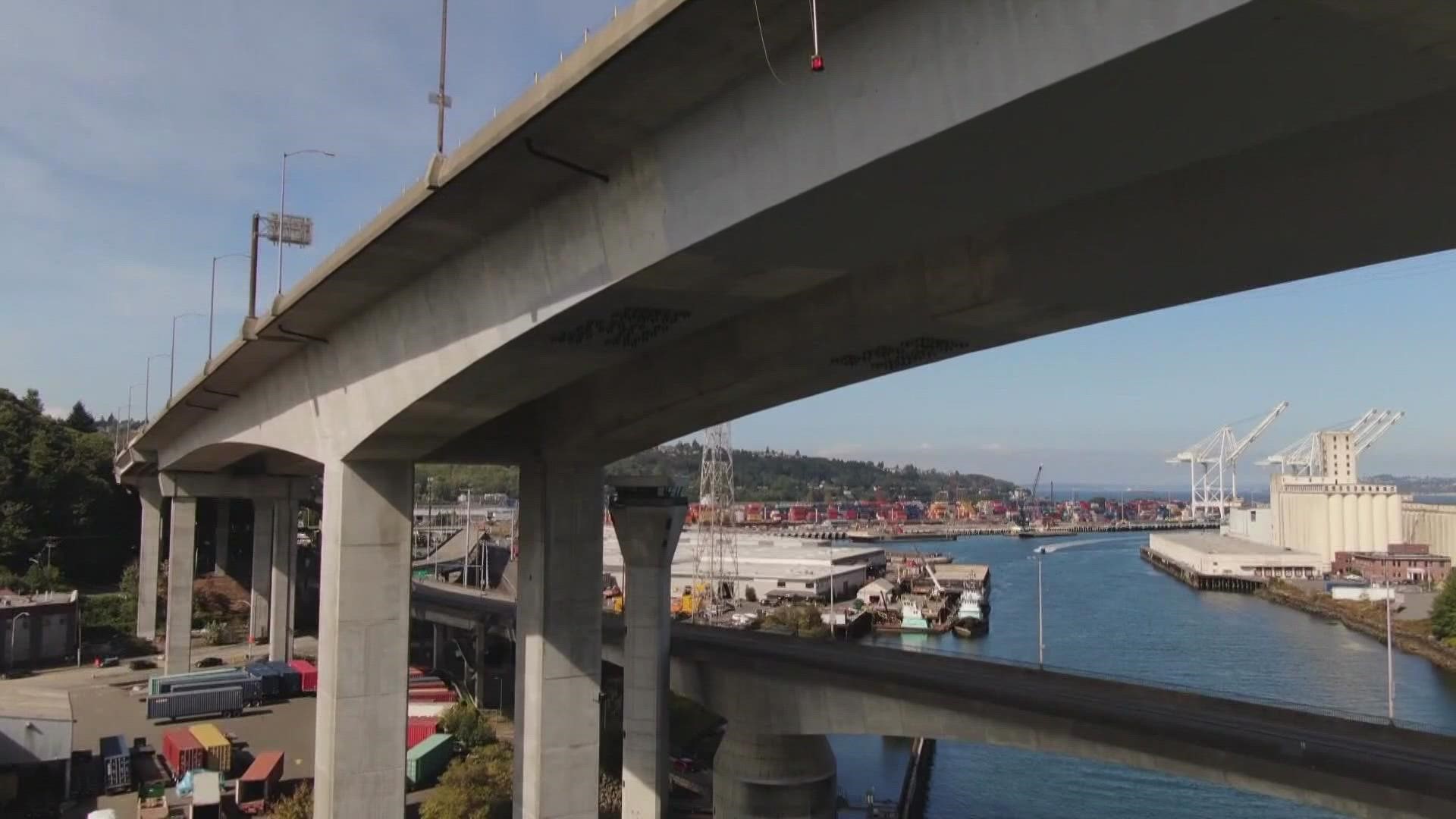SEATTLE — The House passed a $1.2 trillion bipartisan plan late Friday to rebuild roads and bridges, modernize public works systems and boost broadband internet, among other major improvements to the nation's infrastructure. The legislation now goes to President Joe Biden for his signature.
Once it is signed by Biden, the new law will have far-reaching effects in Washington state.
"Every community in our state will benefit from this bill," said Washington Sen. Patty Murray.
Much of the funds are expected to come in waves and via grants over the next five years.
Here's a breakdown of how the funding is expected to be used in Washington state:
Transportation
The Evergreen State would receive $1.79 billion for transportation alone that amounts to $381 million for Sound Transit and $559 million for King County Metro.
Airports
Seattle-Tacoma International Airport is projected to get $228 million for improvements. Snohomish County's Paine Field will expect $16 million, and Boeing Field/King County International will expect $6.8 million.
High-speed internet access
Washington will get a minimum of $100 million to expand broadband internet in the state. Congress estimates this will help at least 241,000 Washingtonians who lack fast internet.
Climate change
There's also funding for more electric vehicle (EV) charging stations, with Washington expected to receive $71 million to expand EV charging networks.
Wildfire mitigation
Washington will expect $39 million to protect against wildfires, according to Congresswoman Marilyn Strickland's (D-Tacoma) office.
Roads and bridges
The infrastructure bill will funnel $4.7 billion for federal-aid highway apportioned programs and $605 million for bridge replacement and repairs.
"We all want it done tomorrow, but transportation takes a while," said Murray. "We're going to get this right, but that money is flowing, people can start planning, and [are] counting on it."
The U.S. Senate has yet to pass a separate, $1.75 trillion Build Back Better economic package that focuses on housing, climate, and reducing child care and health care costs.

